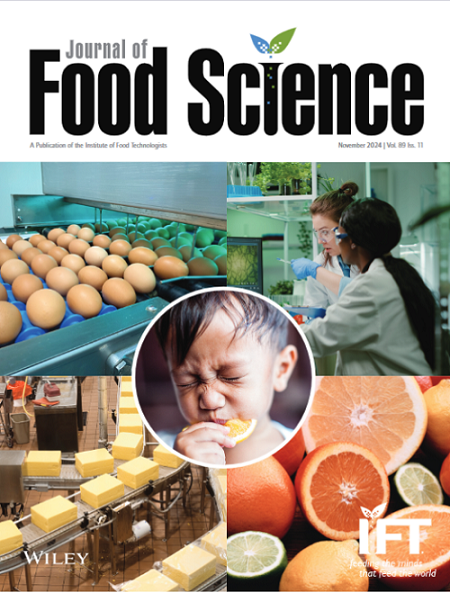Tropical Fruit Aroma in White Wines: Exploring the Role of Esters and Thiols in Chardonnay and Sauvignon Blanc Wines
Abstract
Fruitiness is a highly desired characteristic in white wines by consumers. Tropical fruit aroma is significant in many white wines, but so far, only volatile thiols have been linked to this aroma, leaving the role of other aroma families unclear. This study aimed to explore the associations between volatile composition and sensory attributes of commercial Chardonnay and Sauvignon Blanc wines, focusing on whether esters and thiols could predict tropical fruit aroma. Thirty wines (Chardonnay n = 17; Sauvignon Blanc n = 13) with specific aroma characteristics, including tropical fruit, were selected. Esters and volatile thiols were quantified using HS-SPME GC-MS and LC-MS/MS methods. Sensory descriptive analysis using intensity line scales evaluated the sensory profiles of the wines. Results showed that Sauvignon Blanc wines had higher total thiol concentrations than Chardonnay wines, as expected (p < 0.05). Conversely, total ester concentrations were higher in Chardonnays. Partial least squares regression revealed that in Chardonnay, tropical fruit aroma was positively correlated with 3-Sulfanylhexanol and several acetate and ethyl esters. In Sauvignon Blanc, tropical fruit aroma was characterized by the thiols and fewer esters, indicating that the contribution of specific volatile compounds to sensory perceptions may be varietal dependent.
Practical Applications
Recognizing the factors behind the perception of tropical fruit aromas is crucial, as this aroma is highly favored by consumers. Wineries can take advantage of the beneficial aroma interactions that occur in wine. By identifying the key compounds responsible for desirable sensory attributes and enhancing their levels through vineyard management or winemaking processes, winemakers can develop new wine styles and ensure consistent aroma profiles, despite vintage and climate challenges.





 求助内容:
求助内容: 应助结果提醒方式:
应助结果提醒方式:


